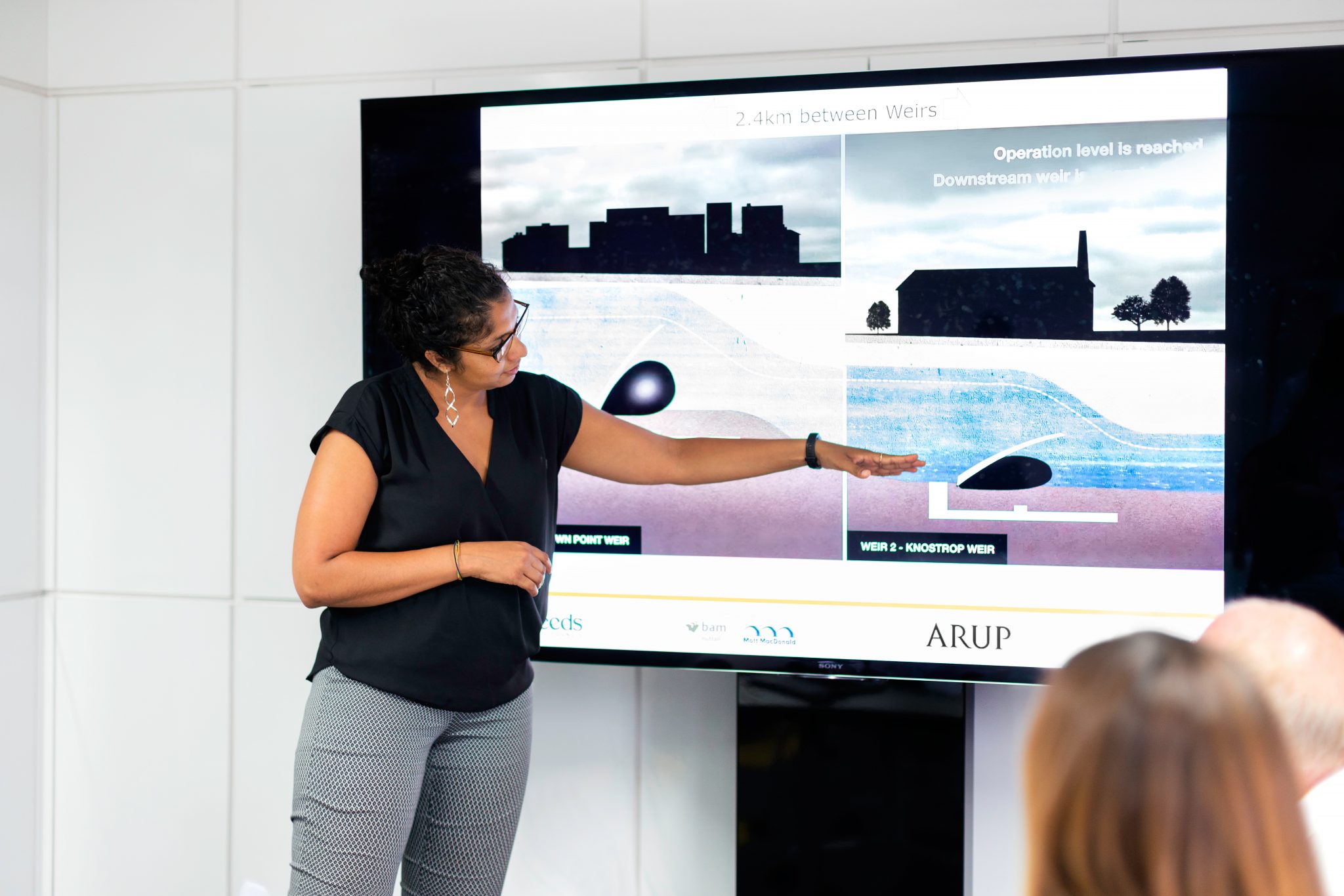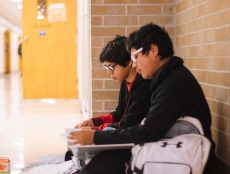
Articles
K-12
Poll Finds School Choice Is Popular, Public Districts Are Most Popular Choice
By Henry Kronk
September 29, 2018
While American families remain seriously divided over where they choose to to send their kids to school, their ability to make that choice is a popular issue. That’s the conclusion of a recent poll from the Hornstein Center for Policy, Polling and Analysis at Long Island University. The study details how thorny and complicated the topic of school choice can be.
On September 7, 1,043 individuals responded to the poll, which was delivered online. A majority of 63% responded in favor of school choice. Those in favor of school choice generally believe in expanding alternatives to their local publicly provided school districts, thereby increasing the pool from which they can choose.
Unraveling the Complexity of School Choice
But when it came to what choice they made personally, the results were far less one-sided. Almost a quarter (23.92%) preferred the district in which they live; 18.47% were in favor of tax credits for their child’s education; 13.59% favored school vouchers; 12.15% chose magnet schools; and 11.77% opted for charter schools.
“A clear majority of Americans believe that parents should be able to send their children to the school system of their choice,” said Dr. Stanley B. Klein, Director of the Hornstein Center and LIU political science professor, in a release. “It was the preferred choice that varied quite dramatically, particularly based on the age bracket that was surveyed.”
Of this divided spread, the poll identified just one correlating factor: age. Younger parents (aged 18 to 29) were far more likely to send their kid(s) to private school, with just 34.34% choosing a public option. Meanwhile, 60.98% of parents aged 45 to 60 sent or currently send their children to public schools.
Other Data Points
There was also a wide spread when it came to the topic of charter schools. Though just over 10% of respondents supported charter schools for their kids’ education, nearly one third (32.54%) were in favor of increasing the number of charter schools available. Just under one fifth of respondents (19.23%) said there should be fewer charter schools and 17.89% believe there are currently enough of them. The remaining 30.33% had no opinion.
Another topic of interest in the study focused on whether parents feel their child is safe while attending school. While just over one-third of the respondents did not have children, 43.83% of respondents said they considered their kid safe in school. That means that one third of parents surveyed (20.29% of the total group polled) felt their child is not safe in school.
“About a third of parents do not believe their children are safe while attending school,” commented Dr. Klein. “That is a rather disconcerting number, and it seems to be something governments and school systems must work to remedy.”
For a final area of polling, a significant portion of individuals voiced support for the Common Core Learning Standards. Those in favor made up 38.76% of those polled. The second most popular take was ‘No Opinion,’ which came in at 32.54%. Just 28.71% opposed the Common Core, a takeaway that might surprise a few teachers, administrators, and policymakers. As of 2016, just over half (51%) of teachers surveyed by the Brookings Institute were against the Common Core. The same 2016 survey also polled members of the public. Of that group, 41% were opposed to the learning standards.
As largely espoused by the Every Student Succeeds Act and many recent actions by states, government bodies have increasingly sent issues of education to be decided by local officials and districts.
Featured Image: Maria Fernanda Gonzalez, Unsplash.









[…] Read the full story by eLearningInside News […]